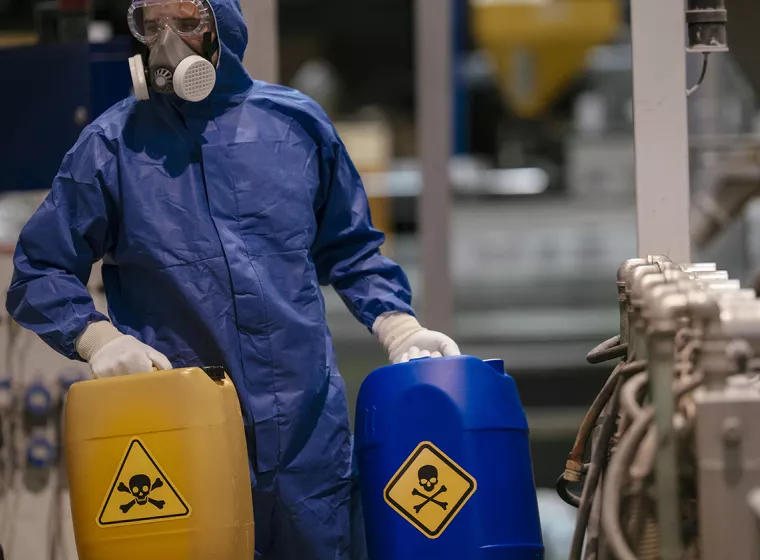August 18, 2022
With new EPA guidelines under review, chemical and high-emission industries should consider a proactive approach to anticipated fenceline regulations
Compliance officers for refineries, chemical manufacturers, and other industries with air emissions and water discharges are awaiting final policy decisions from the Environmental Protection Agency on the estimation of potential health risks at facility fencelines and potential mitigation strategies. Many in industry expected the draft fenceline monitoring requirements to be implemented quickly, but the critical review by the Toxic Substance Control Act (TSCA) Science Advisory Committee on Chemicals (SACC), a special oversight committee assigned to review the regulations, complicates the finalization of the framework.
SACC's response to EPA fenceline monitoring recommendations
In response to EPA's "Draft TSCA Screening Level Approach for Assessing Ambient Air and Water Exposures to Fenceline Communities Version 1.0," the SACC produced 74 pages of suggested edits, amendments, and additions to the proposed screening methodologies.
Among their concerns were that the guidelines may have missed key exposure pathways and that EPA did not adequately consider aggregate and cumulative exposures.
Contrasting perspectives on exposure, implementation
The SACC review was prompted by an executive order from the Biden administration aimed at overturning the Trump administration's policy on fenceline risk assessment for TSCA. Whereas the Trump administration did not require industrial facilities to perform risk assessments for chemical exposure by air, water, or disposal because these elements could feasibly be monitored through other EPA statutes, the Biden administration sought to close gaps in potential exposures among fenceline communities by including a broader range of emissions pathways.
At the outset of the meeting, EPA Assistant Administrator for the Office of Chemical Safety and Pollution Prevention Michal Freedhoff warned that lengthy revisions could delay urgent regulatory needs from the first 10 evaluations conducted under TSCA since it was amended in 2016, which had not assessed air, water, or disposal exposures to the general population. Nonetheless, the SACC comments call for extensive revisions to the draft document, including numerous additional analyses. Others on the committee felt that some of the recommendations cited in the draft document were academic in nature and could prove difficult to implement efficiently.
A proactive approach to fenceline monitoring regulations
Although the draft fenceline monitoring guidelines are back with EPA for review, companies can start preparing to move toward the adoption of next-generation standards. Considering the SACC's 74-page review of EPA's fenceline assessment guidelines, here are three actions for industry to consider now.
Three things for industry to act on now
Perform proactive risk assessments: Industries should consider performing proactive risk assessments applying the fenceline methodology and expected refinements. Such assessments will allow facilities to identify potential risks and consider additional information that can be used to refine risk estimates.
Develop air emissions estimates: A key data gap for many facilities is the estimation of air emissions. To estimate emissions, EPA relies on a variety of sources and sometimes uses conservative estimates and indirect information, particularly for fugitive sources. More accurate air emissions estimates will be critical going forward.
Compare exposure scenarios: Start gathering information on how facility emissions correspond to occupational exposure scenarios (OES). EPA's framework calls for exposure/risk estimates specific to separate OESs, and this will drive potential mitigation measures. However, EPA has limited information to assign emissions to OES categories and may make errors without additional supporting data.
How Exponent Can Help
Exponent's Chemical Regulation & Food Safety experts specialize in timely, high-quality, creative, and practical solutions to problems that affect our clients' ability to conduct business globally. Our experienced staff includes both technical and regulatory consultants who are experienced in risk assessment and air dispersion modeling.
What Can We Help You Solve?

Industrial Chemicals
Regulatory support for chemicals, solvents, polymers, antimicrobials, biocides, and more.

Chemical Toxicology & Health Risk Assessments
Exposure assessments, toxicity evaluations, and support for issues of toxicology and mechanistic biology.



